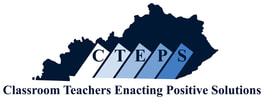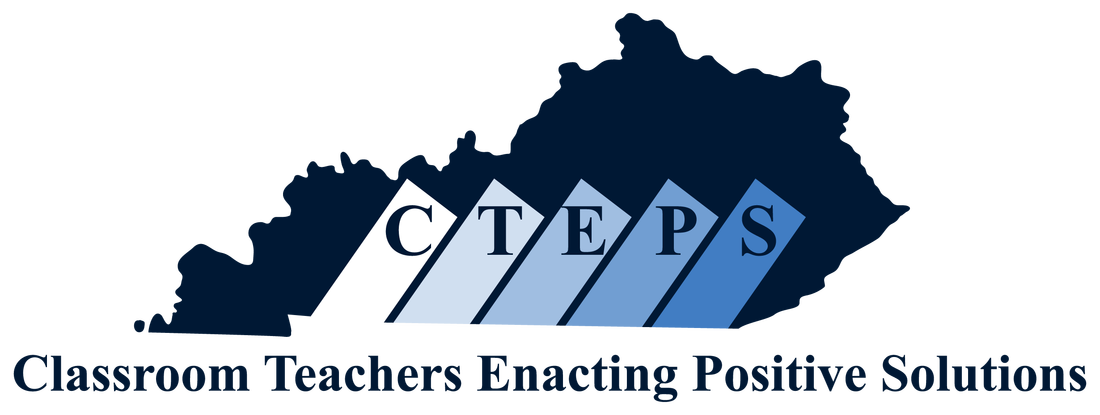When I was in sixth grade, I was given an outstanding opportunity in math class to create the programming schedule for my very own television station, using a layout grid and Cuisenaire rods. For the next 50 minutes, I used an assortment of different colors to design the perfect TV schedule. The following day, my teacher kindly asked if showing four hours of Star Trek followed by 8 hours of Doctor Who was a good idea, and I was flummoxed. Who wouldn’t want to watch that? After a bit more prodding, I understood the key point she was trying to make, in my mind at least: I had only used 12 of my 18 hours. Granted, this was back when television stations actually signed off for the night at midnight with the Star-Spangled Banner and an annoying tone, long before infomercials and the 24/7 news cycle dominated the airways. So, I surreptitiously inserted a few episodes of Star Trek: The Animated Series and some Advanced Dungeons and Dragons cartoons, and we were off to the races. My television station was sure to be the #1 channel in the central Illinois area.
The gist, I realized later, was that scheduling was a real-world skill, enveloped in a unit on fractional parts, that helped me see that being able to divide a day into manageable chunks, and to allocate work to those chunks in a logical fashion, helped me be successful regardless of the actual task at hand. It might be figuring out a fictional TV schedule, or class schedules for the upcoming school year, or something as simple as figuring out when to get my hair cut, the oil in my car changed, and the errands run all within a three-hour span. But those skills can be taught rather than acquired through experience – and that’s what we need to re-incorporate into mathematics education today.
Too many of our kids are woefully unprepared for real world use of the skills they learn in the classroom. The best of them are very good at solving equations, dividing fractions, and rotating shapes around a point, but when it comes to applying those skills, examples are hard to come by. Those skills are important, especially in the high-stakes testing environment in which we still work. But will our students need to be able to solve a system of equations beyond Algebra 2? Will they need to know that you add the exponents together when multiplying common bases outside of the classroom? Will their life depend on knowing that the cosine of thirty degrees is the square root of 3 over 2? For the vast majority of them, the answer is no. And it’s not because those things aren’t important to know – it’s just that we’ve made knowing them more important than using the skills behind them. We present those skills as the standards, literally and figuratively, by which they’ll be judged, and we hope that those standards match up with skills that are used every day by people doing all sorts of jobs.
How do I bring the real world work into my classroom? For years, teachers have asked community members to be guest speakers; who better knows the rigors of the job than those doing them right now?
The issue becomes having those professionals incorporate math into their discussions with our kids. I had a terrible time trying to enlist help from my community, but I believe the problem was more in how I presented what I was asking. I approached a half dozen members of the community and was given, more or less, the same response: yes, math is important and I use it every day; no, I can’t tell you exactly where or when I use it - it’s not like I’m solving equations from dusk ‘til dawn.
The shift occurred when I changed what I was asking. When asked a question regarding Math Practices, the discourse becomes much more lively. Ask the lawyer “How do you construct viable arguments and critique the reasoning others?”, and their eyes light up and you’re regaled with stories of the courtroom with cross-examinations and re-cross. Ask a water quality official from the Commonwealth, “How do you attend to precision?” and you’re shown charts and graphs and water samples that have turned yellow and fluoresce under a black light with the glow that only E. coli can bring. Ask a chef “How do you model with mathematics? Why do foods with the same ingredients sometimes have different tastes?” and you’re led into discussions of texture, concentrations, and chemical processes that occur with the cooking process. Adjusting our aim when asking questions of our colleagues in the world outside academia brings better results than trying to force their professions into a math content lesson. Don’t worry about lawyers using accounting in billing their hours, worry about how they defend their positions and the tools they use to do that, because that’s the meat and potatoes of Math Practice 3. A mechanic knowing when to use a socket or a box wrench - literally Math Practice 5.
What, then, are we to do? We shift our teaching to promote the Math Practices through the Standards. We show students that those practices are used by all walks of life, day in and day out, regardless of profession. We use an activity that is, on its surface, rooted in fractions and make it real for our students. Ultimately, we bring in members of the community that our students know, that they see, and ask them how they use math in their work. But not just math – the math practices themselves. We let them see that making sense of problems and persevering in solving them is not just something we do in the math classroom – it’s something that people do every day, regardless of their job. We give them opportunities to reason and explain both with and without numbers.
Teaching math without numbers? YES! At the end of the day, our job as math teachers is to teach students how to use tools and to show them how those tools can be used to work through problems, not to tell them what problems to solve. Work on the processes of problem solving, of communicating, of reasoning, rather than the processes of solving equations, dividing fractions, or adding exponents. When they can explain how to do those things and why they work, they’ll be able to extend those skills beyond math – and that’s the whole point.
The gist, I realized later, was that scheduling was a real-world skill, enveloped in a unit on fractional parts, that helped me see that being able to divide a day into manageable chunks, and to allocate work to those chunks in a logical fashion, helped me be successful regardless of the actual task at hand. It might be figuring out a fictional TV schedule, or class schedules for the upcoming school year, or something as simple as figuring out when to get my hair cut, the oil in my car changed, and the errands run all within a three-hour span. But those skills can be taught rather than acquired through experience – and that’s what we need to re-incorporate into mathematics education today.
Too many of our kids are woefully unprepared for real world use of the skills they learn in the classroom. The best of them are very good at solving equations, dividing fractions, and rotating shapes around a point, but when it comes to applying those skills, examples are hard to come by. Those skills are important, especially in the high-stakes testing environment in which we still work. But will our students need to be able to solve a system of equations beyond Algebra 2? Will they need to know that you add the exponents together when multiplying common bases outside of the classroom? Will their life depend on knowing that the cosine of thirty degrees is the square root of 3 over 2? For the vast majority of them, the answer is no. And it’s not because those things aren’t important to know – it’s just that we’ve made knowing them more important than using the skills behind them. We present those skills as the standards, literally and figuratively, by which they’ll be judged, and we hope that those standards match up with skills that are used every day by people doing all sorts of jobs.
How do I bring the real world work into my classroom? For years, teachers have asked community members to be guest speakers; who better knows the rigors of the job than those doing them right now?
The issue becomes having those professionals incorporate math into their discussions with our kids. I had a terrible time trying to enlist help from my community, but I believe the problem was more in how I presented what I was asking. I approached a half dozen members of the community and was given, more or less, the same response: yes, math is important and I use it every day; no, I can’t tell you exactly where or when I use it - it’s not like I’m solving equations from dusk ‘til dawn.
The shift occurred when I changed what I was asking. When asked a question regarding Math Practices, the discourse becomes much more lively. Ask the lawyer “How do you construct viable arguments and critique the reasoning others?”, and their eyes light up and you’re regaled with stories of the courtroom with cross-examinations and re-cross. Ask a water quality official from the Commonwealth, “How do you attend to precision?” and you’re shown charts and graphs and water samples that have turned yellow and fluoresce under a black light with the glow that only E. coli can bring. Ask a chef “How do you model with mathematics? Why do foods with the same ingredients sometimes have different tastes?” and you’re led into discussions of texture, concentrations, and chemical processes that occur with the cooking process. Adjusting our aim when asking questions of our colleagues in the world outside academia brings better results than trying to force their professions into a math content lesson. Don’t worry about lawyers using accounting in billing their hours, worry about how they defend their positions and the tools they use to do that, because that’s the meat and potatoes of Math Practice 3. A mechanic knowing when to use a socket or a box wrench - literally Math Practice 5.
What, then, are we to do? We shift our teaching to promote the Math Practices through the Standards. We show students that those practices are used by all walks of life, day in and day out, regardless of profession. We use an activity that is, on its surface, rooted in fractions and make it real for our students. Ultimately, we bring in members of the community that our students know, that they see, and ask them how they use math in their work. But not just math – the math practices themselves. We let them see that making sense of problems and persevering in solving them is not just something we do in the math classroom – it’s something that people do every day, regardless of their job. We give them opportunities to reason and explain both with and without numbers.
Teaching math without numbers? YES! At the end of the day, our job as math teachers is to teach students how to use tools and to show them how those tools can be used to work through problems, not to tell them what problems to solve. Work on the processes of problem solving, of communicating, of reasoning, rather than the processes of solving equations, dividing fractions, or adding exponents. When they can explain how to do those things and why they work, they’ll be able to extend those skills beyond math – and that’s the whole point.
Steve Martell is an eighth grade teacher at Henry County Middle School along with his wife who teaches 7th grade Science. He is also a licensed Auctioneer. In what little spare time he has with a newborn son, he enjoys amateur radio (KG4WYE), flight simulation, and finding ways to incorporate his love of video games into classroom instruction.


